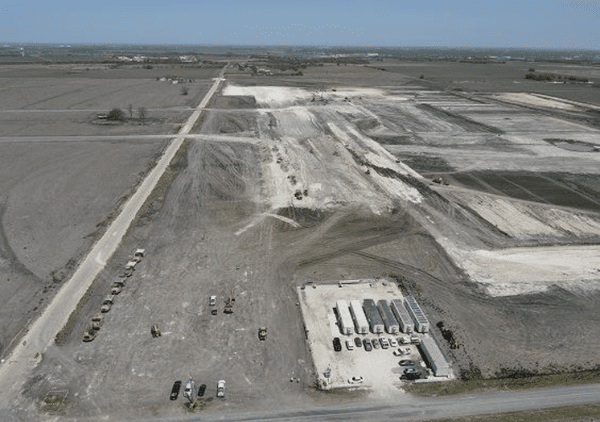Semiconductor Evolution: Navigating Samsung's Taylor Factory Delay

The semiconductor industry's intricate dance with progress often encounters unexpected pauses. Samsung Electronics’ recent announcement regarding the delay in mass production at its Taylor factory in Texas sheds light on the multifaceted nature of semiconductor manufacturing.
Originally slated for mass production next year, Samsung now anticipates the first wafer production in the latter half of the upcoming year, with full-scale production deferred to 2025. The initial setup, capable of handling 5,000 12-inch wafers per month, represents a cautious step forward amidst complexities.
The Taylor factory, a monumental investment of $17 billion, symbolizes Samsung's commitment to innovation. Spanning a kilometer, it holds promise for future expansion and technological advancements in semiconductor fabrication.
Image credits: Samsung
However, delays in U.S. government subsidies under the CHIPS Act and bureaucratic permit procedures have hindered progress. Reports hint at potential prioritization of domestic companies, adding complexity to Samsung's investment plans.
Amidst these challenges, market uncertainties cast a shadow. While anticipating a semiconductor demand recovery, Samsung treads cautiously, mindful of potential delays aligned with market dynamics.
In essence, Samsung Electronics' Taylor factory delay embodies the complex interplay between innovation, government policies, and market shifts within the semiconductor industry. It underscores the adaptability crucial for shaping the industry's technological landscape.
The journey toward semiconductor milestones is filled with complexities, but it is this very journey that fuels innovation and shapes tomorrow's technology.

